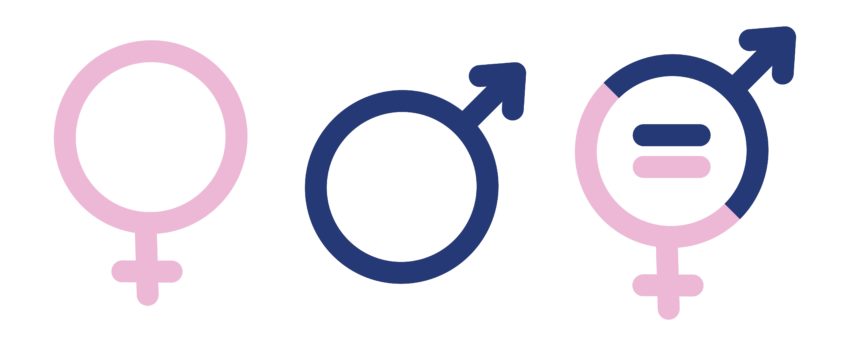Last week, Hootsuite, the Vancouver-based social media management platform, celebrated International Women’s Day early by discussing gender inequity and allyship.
The event was hosted by Hootsuite’s CEO, Tom Keiser, who, along with Richard Hungerford, VP of Business and Corporate Development, chatted with their senior female colleagues Tara Ataya, Chief People and Diversity Officer, and Melissa Murray Bailey, SVP of Global Sales, about solving workplace gender inequality.
The male participants said they weren’t interested in working for an organisation where people didn’t feel included and said that while Hootsuite has several D&I initiatives in the mix, they were still learning.
Ataya admitted that as a female leader, she struggles with “self-doubt” and imposter syndrome but added that doubt could be used in a positive way to challenge and reflect, which can make a leader “stronger.”
She also said that she advocates the “shine theory” based on “mutual investment in one another”, where celebrating another woman means all women benefit.
Keiser then asked Ataya about her journey to leadership and how it was underpinned by D&I.
Ataya said she witnessed the “undervaluation of traditional female-held occupations like HR” early on in her career. She saw how senior professionals earned more than their HR counterparts because more “value” was placed on what they were doing, adding:
“I used to believe that the change that was needed was about proving the value of the function and naively, not understanding that part of it was around the systemic norms related to the profession.
“I found myself constantly trying to prove the value that HR professionals brought to the table and that we were business partners and vital to the organisation.”
Then it was through allyship with colleagues that Ataya realised that “the stereotypes and norms around my career path weren’t all about the work; they were also about gender stereotypes.”
“As those stereotypes shift, so too does the perceived value of the function,” she added.
Bailey entered the conversation and said she recalled being labelled as “aggressive or overly ambitious” negatively, while for her male counterparts, these attributes were seen as positive.
She then reflected on when she became a manager and realised that all the men reporting to her earned higher salaries than she did.
When it came to recruiting talent, she found that men tended to negotiate for higher salaries than women, so she decided only to give best and final salary offers “to make sure there are equity and fairness.” Adding “just because someone is a better negotiator, they have that further opportunity to earn more money. “
As a leader today, Bailey said she tries to support her female colleagues by acting as an “open book and sharing things that I would never have shared 10 years ago because I thought they would make me look weak.”
This includes being open about the fact she shares her office with her daughter during remote working, adding: “I’m trying to open that up that you can be a parent, if that’s what you want to be, and be an executive at the same time.”
Keiser then brought Hungerford into the conversation and asked him about his experience with D&I so far, “being a leader means creating that environment where people want to work and feel safe,” he said.
He then talked about Hootsuite’s D&I committee, a “diverse group” of leaders and executives that aims to get voices heard across the business. He also mentioned the importance of belonging in an organisation, which can foster a greater sense of purpose for employees and boost productivity.
The conversation then moved to how Hootsuite, like many other organisations during the pandemic, has shifted to remote working and how this has impacted the company’s culture.
Hungerford said: “The cons are that we don’t walk out of a meeting room together, and we can’t have that sidebar conversation. We’ve spent a lot of time learning about diversity, equity, and inclusion; we’ve been learning about things like microaggressions and how they impact people, which can be very subtle. And it’s really hard to pick up on a Zoom call.”
Although he did admit that digital meetings can “equal the playing field” as everyone, no matter what office they are in internationally, gets to join the call. However, he stressed the importance of being “really proactive” by “pausing” and allowing other people to speak up who may not have the confidence to do so.








